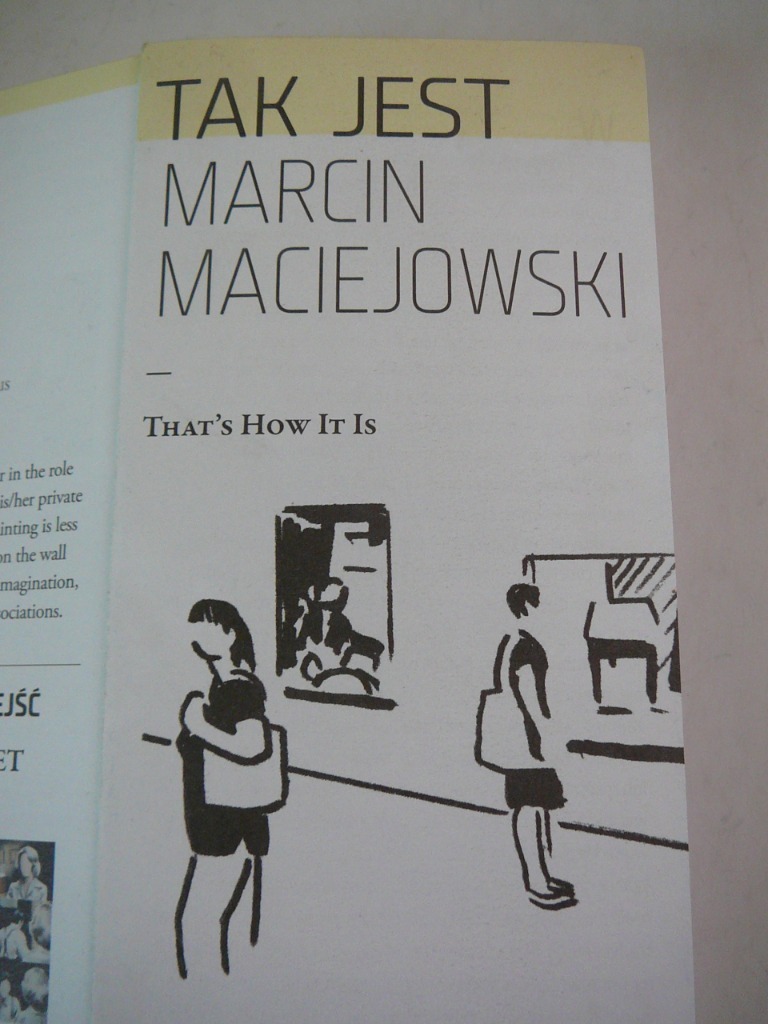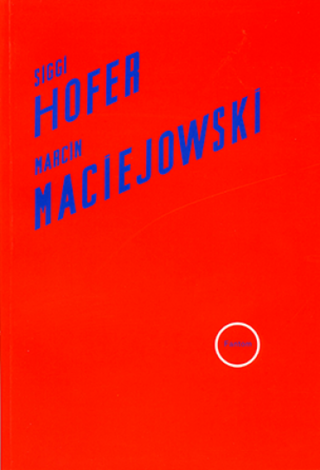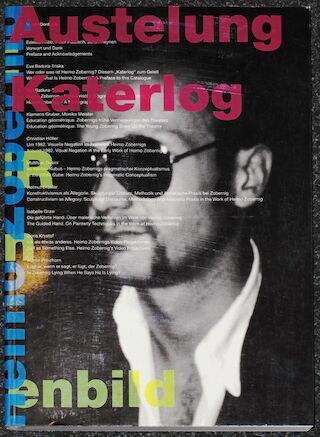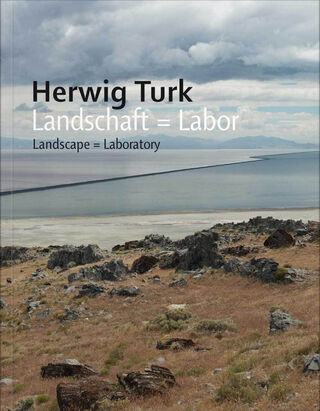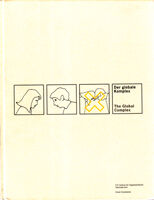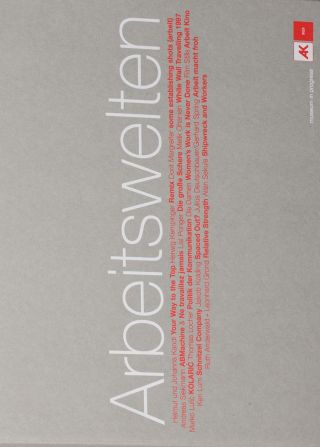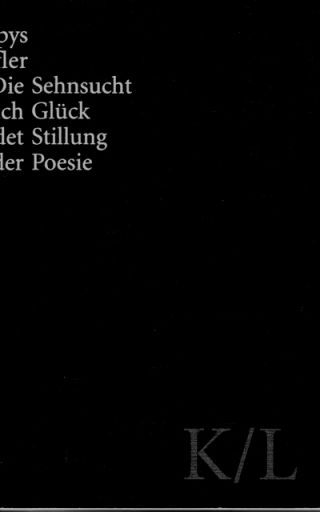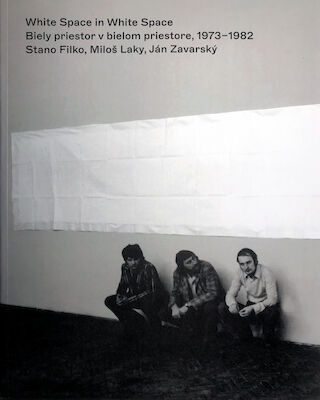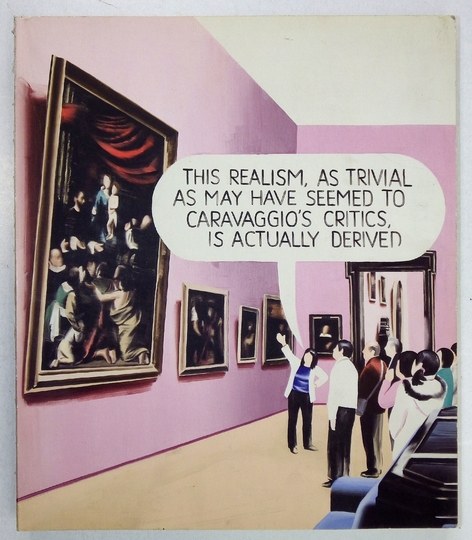
Soft Cover, English / Polish, Thread Stitching, 205 Pages, Muzeum Narodowe w Krakowie
Tak Jest
availability unknown, if interested please write an email
a large presentation of works by Marcin Maciejowski (born 1974) – a painter and draughtsman, one of the most fascinating and renowned artists of the younger generation...
Marcin Maciejowski, "Known as Caravaggio", 2009, oil on canvass, photo: press materials
The exhibition "That's How It Is" will be the first in Poland such a large presentation of works by Marcin Maciejowski (born 1974) – a painter and draughtsman, one of the most fascinating and renowned artists of the younger generation. In the Main Building of the National Museum in Kraków, on the area of 1000 square metres, visitors will have an opportunity to see more than one hundred paintings, most from recent years, loaned from museums and private collections in Austria, Great Britain, Germany, Poland and the USA. Several works have been painted by Maciejowski specifically for this first solo exhibition of his paintings at the Museum.
Marcin Maciejowski made his debut in Kraków in the 1990s, so he developed as an artist in the era of transformation, at the time when as a result of the economic and social changes, the mass media grew rapidly. In his painting, realistic by principle, the artist engages in a dialogue with the mass media and pop culture represented by them. Borrowing from the media is a significant characteristic of these paintings: the classic, academic "study from nature" has been replaced by the "study" from an amateur photograph, an illustration cut from a newspaper, a film shot or the Internet. Cuttings and photographs collected by Maciejowski build up a peculiar media archive.
The arrangement of the exhibition "That's How It Is" has been inspired by the film Synecdoche, New York (2008) by Charlie Kaufman, in which a theatre director, perhaps the alter ego of Kaufman himself, builds a replica of the city in an enormous post-industrial warehouse for the purpose of the spectacle supposed to replace the real life. Visitors who will come to the museum will have the impression of wandering around squares, streets, corners and passages of the "artificial" city. This setting is the background for individual scenes of the exhibition bearing names inspired by the titles of the artist's paintings.
At the entrance, we will see two paintings copied from the Internet collection Do not copy, showing famous actresses Brigitte Bardot and Claudia Cardinale. The icons of the idols are "like the Hesperides, guarding the access to the gold apples of the mass culture" – writes Goschka Gawlik, the exhibition curator. The title of the scene Do not copy refers to the technique of copying images on mass scale, typical of our times. Copying has become part of the consumer culture, and since the 1960s it has begun to be regarded as a permanent component of creative work and has acquired the status of art.
The next scene - "We Were Happy Together" - focuses on different conventions of portraying women. Underground Storage poses the question: how to express in painting what is usually invisible or only fragmentary? Maciejowski applies the technique of presenting information in the form of diagrams and infographs, known from the mass media. In "Horta de Ebro", Maciejowski explores the ways of understanding the notion and myth of the artist in European culture. He often paints images of artists in the context of social-historical phenomena and private situations. "In Front of a Dovecote" asks a question about self-creation, encouraging reflection on the habit of showing off in the public space. "Skipping Rope" features the artist's imagined and painted collection of works dedicated to images of other artists and their oeuvres. It is a kind of an unreal collection, study and artist's atelier.
Paintings displayed in the space called "Oświęcim" on one hand impose on the viewer the role of a voyeur, and on the other hand – refer to the viewer's private collection of memories. In the scene "Do You Expect Me to Let You Go", the artist is concerned with a film image perceived by the viewer as in conformity with reality. Maciejowski deconstructs e.g. The Godfather into fragments following the principles of composing a painting. "Rest" is a part of the exhibition aimed at relieving the viewer of the pressure of everyday image overload.



